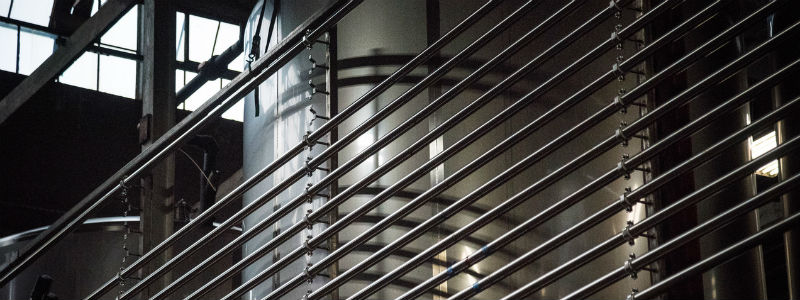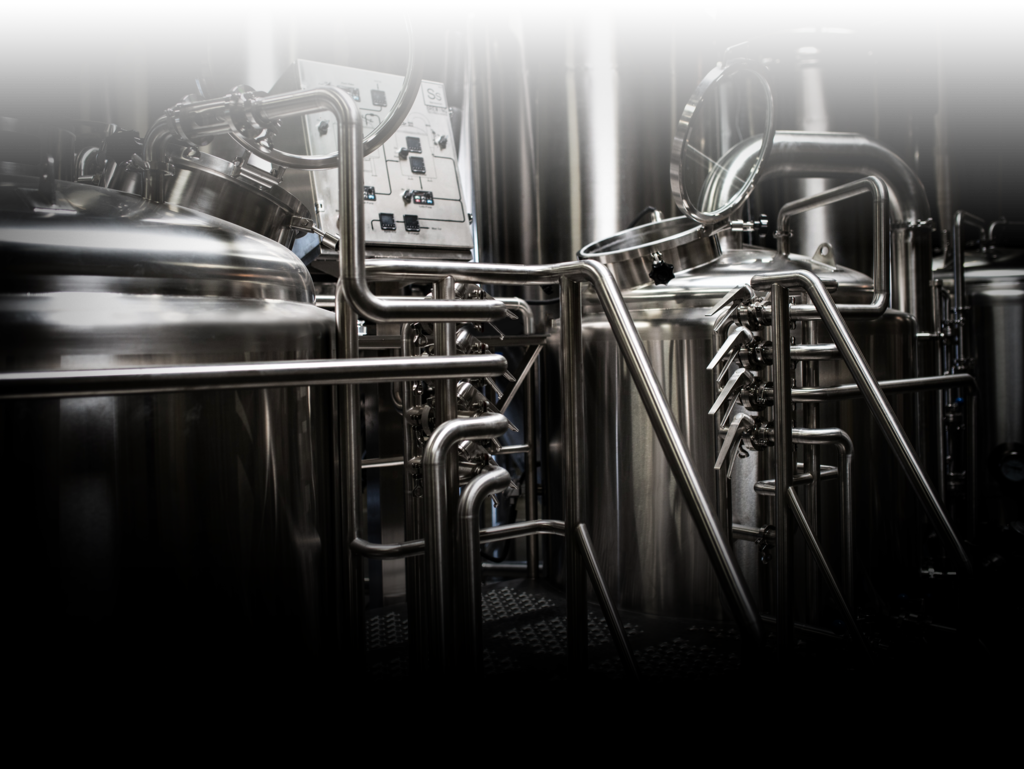
With production expected to reach 100,000 barrels by the end of 2018, Rhinegeist decided it had to step up its equipment with a beer super highway.
The Cincinnati brewery’s Director of Brewing Operations, Cole Hackbarth, explained the importance that the installation of a “big brewery” system with 10 lines that will be able to automate many functions of moving the beer from tank to tank instead of requiring cellermen to lug 50-foot hoses around instead.
“We’ve got a version that — for our size — is going to cut down on the number of hoses strung across the ground,” he explained. “And it’s going to make the amount of time it takes for our brewers to do a dry hop or to filter or to clean much less. It’s going to cut that in half probably.
“It’s just making everything way more efficient. We get better yield because because we’re getting a deaerated water system that’s going to push beer through all of these pipes. So we’re going to be able to recover 100 percent of the beer that goes in.”
For co-founder Bryant Goulding the upgrades were more of an investment into his brewing staff.
“It allows the brewers to think more innovatively about the beers that we want to make and do it more effectively,” he said. “We’ve been able to problem solve the efficiency and process and their intellectual appetite is more whetted versus being frustrated yanking hoses around.
“So it’s not an automation to get rid of jobs. It’s more an automation to support the critical thinking that makes their jobs fun and scalable and challenging for the next 10 years. And I think that when we make investments it’s really the impact on our people. Because when you talk about a brand it’s a pretty nice logo but really beneath that it’s really the people and that we stand for.”
Goulding pointed out that investments like this are ‘sneaky’ because brewery owners don’t think about all the work involved in layouts like this when planning a brewery long-term.
“Our business plan did not get to that level of sophisticated detail but I think it’s been an easy decision process to invest in those things to understand that we’re going to keep these great people instead of them saying ‘Screw this production brewing all I’m doing is lugging hoses around. I can do this at a smaller brewery with less wear and tear.’ ” he said.
The investment in people and letting the “do it yourself” brewing culture is a way to find people that work within the walls of brewery who want to rise up and take charge. But Hackbarth also noted that knowing when you don’t have the skills to advance and to bring in experience is also a key.
For Rhinegeist, that meant adding a process engineer to the staff to help layout plans and a process welder to get the beer highway constructed. But back to the “rise up” segment of the team, they were able to take a employee from beer delivery and uses his experience in the National Guard as a mechanic and translate that into a old-school European apprenticeship in welding. Now the brewery has a full-time welder on its staff.
“I think that’s something that breweries in our growth and size generally are a little behind on is bringing on smarter people,” Hackbarth admitted. “It’s the common theme in business right? You always surround yourself with people smarter than you and you’re going to be successful. And I think a lot of breweries learned that a little too late. But by us putting in a process engineer and bringing in a process welder before maybe we thought we needed to was huge for us and they hit the ground running and we were able to put in all of these “big brewery improvements” at a smaller scale and we were able to reap the benefits that much faster.”





1 Trackback / Pingback